How to Learn Anything in Customer Success and Beyond
Welcome to the 32 new members of the Customer Success Café community who have joined us since last Sunday.
Join me and 691 other highly effective CS professionals who are learning a quick best practice every single week for free and sign up now!
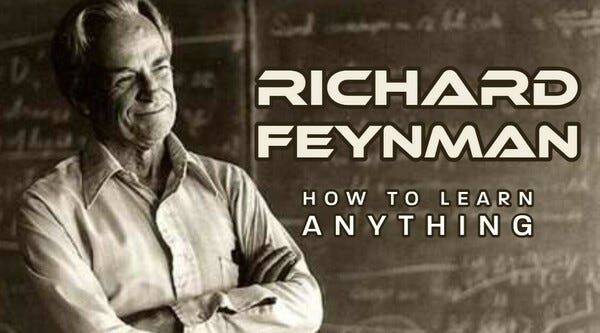
Illustration © Hakan Ozturk
Listen to this edition on Spotify
#11 CS Café – The Feynman Technique or How to Learn Anything in Customer Success and Beyond
Have you ever heard about the Feynman Technique?
It’s a powerful method to learn anything you want in the most simple way while you develop a deeper understanding of any given topic.
In today’s newsletter, we’ll explore this fundamental technique and discover how you can apply its mental framework to Customer Success, especially around storytelling which is a top skill of any CS professional.
The way I approach learning new or complex topics has changed since when I first discovered this powerful technique. And I hope it will help you in your personal and professional growth as well!
The famous technique has been named after Richard Feynman, an American physicist who won the Nobel Prize in 1965.
His genius was in his ability to explain and tell the story of extremely complicated subjects like Physics, in simple and easily digestible terms so anyone could understand.
Simply said, based on his observations during his academic career, he realized that people who were using complex words were often hiding a lack of deeper understanding.
We all know a few of them who always use acronyms, and long sentences or make things more complicated than they should be, don’t we?
It’s easy to learn a new concept at a surface level but much better to understand it deeply. And this latter requires focus, dedication, and consistent effort which most people will not be giving in.
The best Customer Success Professionals I know are using the Feynman technique in their everyday interactions whether they are aware or not! !!
So, what’s this famous framework about and how can you apply it to learn any particular subject in CS?
The Feynman Technique is composed of four key steps:
- Chose your topic
- Elaborate so a 12-year-old child can understand
- Fine-tune your understanding and simplify
- Organize and Review
Let’s explore each of these steps in detail so you can start practicing immediately in your day-to-day activities as a Customer Success professional and level up your game in 2022 and beyond! !!
Step 1: Chose your topic of interest

© Vic B
What specific topics are you curious about and would like to deep dive into?
- Is it about transitioning into Customer Success?
- Onboarding, Adoption, Retention, Churn, or key metrics, …?
- the playbooks you want to build for your teams and the customer success strategy you want to implement?
- …etc.
Let’s take the 1st item for the purpose of this exercise today: “transitioning into CS”.
Once you’ve identified your topic, take your notepad and write down everything you know without correcting or checking for spelling, grammar, etc.
For example, a rough statement can be like: “You don’t need 5+ years of experience to break into Customer Success and become a rock star CSM. Also no need to be a technical expert but simply have a broader understanding of the industry so you can start building strong relationships along with some key fundamental skills, …”
While you keep learning more on the topic from external sources, documentation, podcasts, youtube videos, webinars, etc., add your findings to what you’ve just written previously like:
+ “but it’s important to target the industry you already have some experience in like Education, HR, Finance, IT, etc. so you can hit the ground running already when onboarding with the new company.”
Note: you can use different colors to see the difference between your knowledge and the new learning points.
Now that you’ve got the foundations laid down and you think you have a better understanding, move on to step 2.
Step 2: Elaborate for a 12-year-old child

© Jessica Lewis
It’s time for you to explain the subject as you’d do for a 12-year-old kid: try using the most simple language and terms possible.
Example: “anyone can work in Customer Success. But you need to learn some important topics first.”
Now get back to your notes, and delete any complex or overcomplicated words while you keep the simple ones only.
It’s often easy to make a subject complicated and hard to understand. But on the opposite, only someone who deeply understands the topic can break it down and make it simple.
Actually, this is the technique I’ve used for the initial draft of my book on the topic of how to become a Customer Success Manager by intentionally removing any complicated terms or buzzwords, making it easy to read and understand.
The reason is that complex words often hide a lack of understanding.
And when we are forced to write down an idea in short and simple language (like on Twitter for example with a limited set of characters) we learn more about our own thought process and the areas where we might have difficulties expressing our ideas to larger audiences.
Moreover, by doing so, you’re able to put your thoughts into words and see what makes sense and resonates the best.
But you often end up getting frustrated for not being able to explain a topic you have in your mind in simple words.
And it’s this thought process of writing down, and identifying gaps in your understanding and knowledge that will help you structure and convey your message, whether it be to a 12-year-old kid or anyone else.
Step 3: Fine-tune and simplify

© Paula Schmidt
So by now, you should be able to explain the topic in simple terms.
Review and fine-tune your notes to ensure there are no jargon or complex words left in your writing.
If so, break the terms down to make them more explicit and understandable.
Now comes the critical part: you must read your notes out loud and listen to how the story flows.
If moving between two sentences breaks the rhythm, then repurpose them so that the transition is effortless for you and your audience.
In the end, if your explanation still sounds confusing, it’s solid proof that you need to get back to your wording and refine it.
Basically, these falling steps are the gaps in your own understanding.
So, the more you simplify, the better the results.
Besides, check out also the source documentation and review areas you didn’t understand well enough.
And finally, review and repeat the process until you have the most simple explanation possible as we’ll do in the next and final step.
Step 4: Organize and Review

© Pixabay
Now it’s time to test your understanding in real life. Ask a friend or your network to listen to your explanation.
- How effective was it?
- Any remarks or unclear areas?
- What were the questions they asked?
- Were they confused in a specific area?
Once your understanding is clear and you are able to explain in simple terms, turn it into a great story!
Talk about it either in person or on social media like Linkedin to test and learn from feedback until it sounds crystal clear to others.
Finally, when you feel your explanation is explicit enough, save your notes so you can refer to them in the future as needed.
So congratulations!
You now have a repository of knowledge you can review and refer to periodically and level up your storytelling skills over time!
I personally use my phone to write down all the notes I take from the content I consume: videos, podcasts, books, etc.
Then I summarize ideas in their most simple explanations using the Feynman technique to make them easily digestible by my audience on Twitter and Linkedin.
This is why I think the Feynman Technique is one of the most effective mental frameworks that can help you unlock tremendous growth and creativity.
Again, the most effective Customer Success Professionals I know are using this technique even if they are not aware of the methodology behind it.
And in the end, they all have one thing in common: the ability to tell great stories, turning complex ideas into a simple narrative anyone can understand and apply!
Thank you, Mr. Feynman!

Richard Feynman – How To Learn Anything
Hakan’s Top Resources
- One Book: Atomic Habits by James Clear
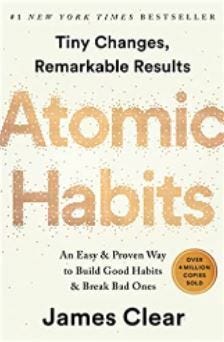
Forming good habits to improve your skills is paramount to the Feynman technique. And this book is perfect to help you achieve this while breaking bad habits like procrastination or doing busy work instead of being productive.
There are 4 fundamental steps to building a good habit:
- Cue – make it obvious
- Crave – make it attractive
- Response – make it easy
- Reward – make it satisfying
In the end, clear is better than clever. But if you combine both, you’ll be unstoppable!!
- One Talk: Jim Rohn
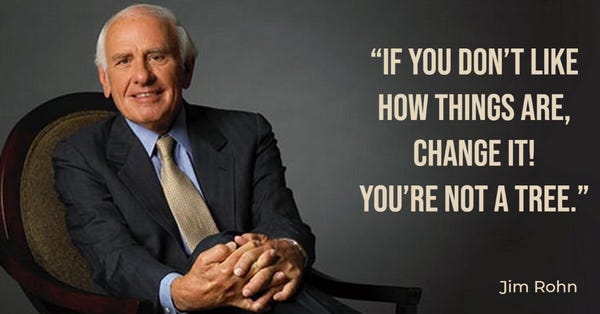
Illustration © Hakan Ozturk
Continuous learning and developing your skills are key to succeeding in life, and CS in particular.
Tune in and listen to this epic 2-hour pure wise guidance about achieving success with Jim Rohn.
One of his powerful quotes I like the most is:
“Work harder on yourself than you do on your job!“
Died in 2009, Mr. Rohn was an entrepreneur, author, and motivational speaker. In 1963, he discovered he had a talent for public speaking. He went on to present personal development seminars worldwide for more than 40 years! Famous thought leaders like Tony Robbins consider him a mentor.
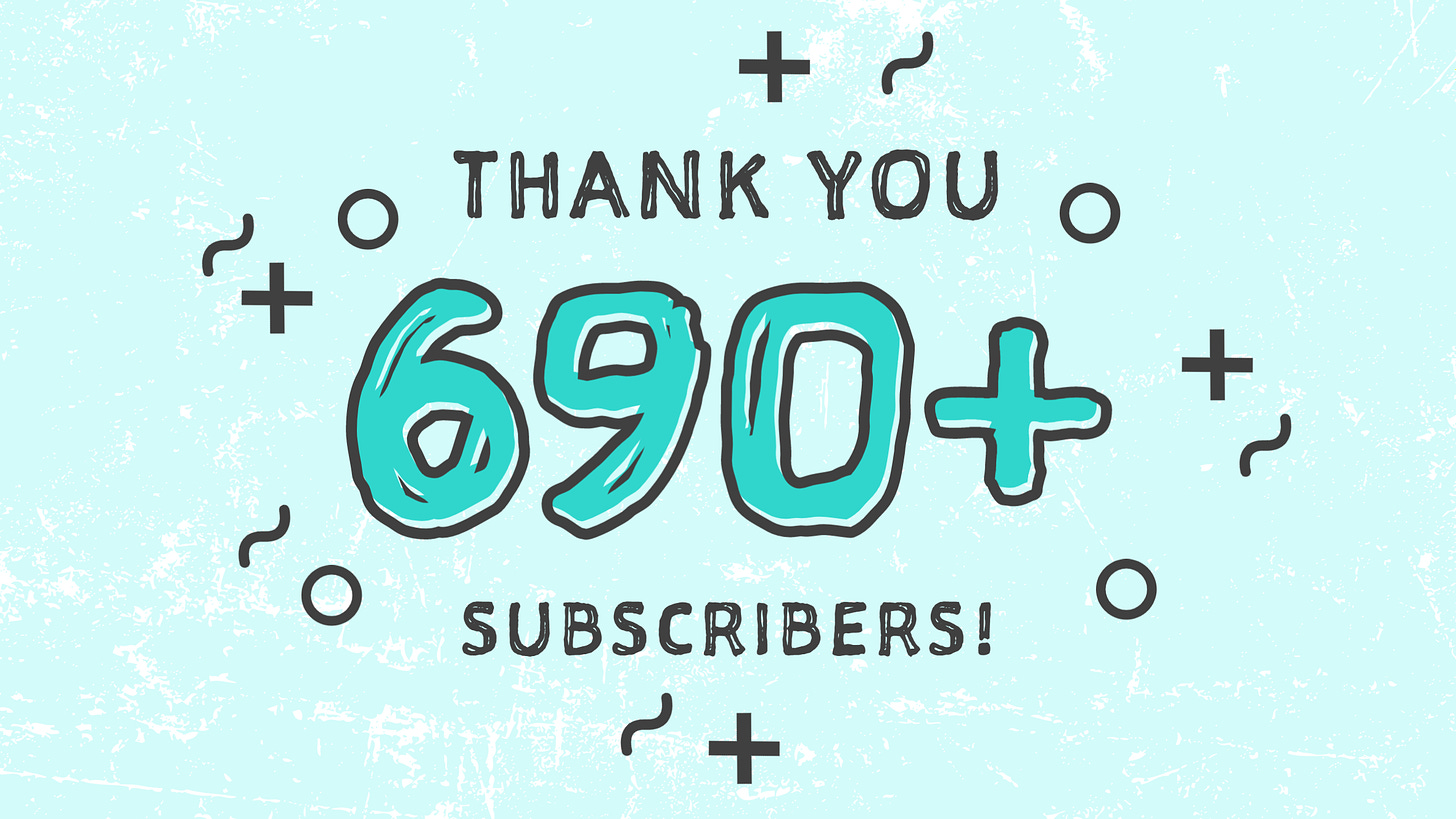
That’s all for this Sunday.
A simple framework to develop your skills in Customer Success!
If you are enjoying my newsletter, the best favor you could do for me is to share a few nice words online.
And if you’re not getting the value you’ve been expecting, please feel free to unsubscribe. No worries or hard feelings from my side, I promise.
Have a wonderful Sunday and a great & productive week ahead!
Can’t wait to meet with you next Sunday at our Customer Success Café again!
Hakan.
Let’s Connect!
Twitter: follow me @DrivingCS
Instagram: @drivingcs
Linkedin: let’s connect!
Are you looking for a career change to transition into Customer Success? check out my book to learn more about what it takes to become a great CSM and hit the ground running!
The Customer Success Café Podcast
Customer Success fundamental skills and best practices to get ahead in 2022 and beyond!
Visit DrivingCustomerSuccess.com
Top CS news from Silicon Valley to Paris, daily.

Hakan Ozturk
Founder, theCScafe.com, #1 Weekly Customer Success Newsletter
Hakan Ozturk is a Paris-based Customer Success leader with over 15 years of experience in the computer software industry. Passionate about driving growth and delivering value to strategic customers, Hakan has established himself as a trusted industry expert. As the Founder of The Customer Success Café Newsletter and TopCSjobs.com, Hakan provides valuable industry insights and daily-updated job opportunities worldwide in the field of Customer Success. Connect with Hakan to boost your career in CS and your company’s potential for massive growth.
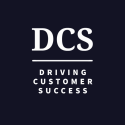
Leave a Reply